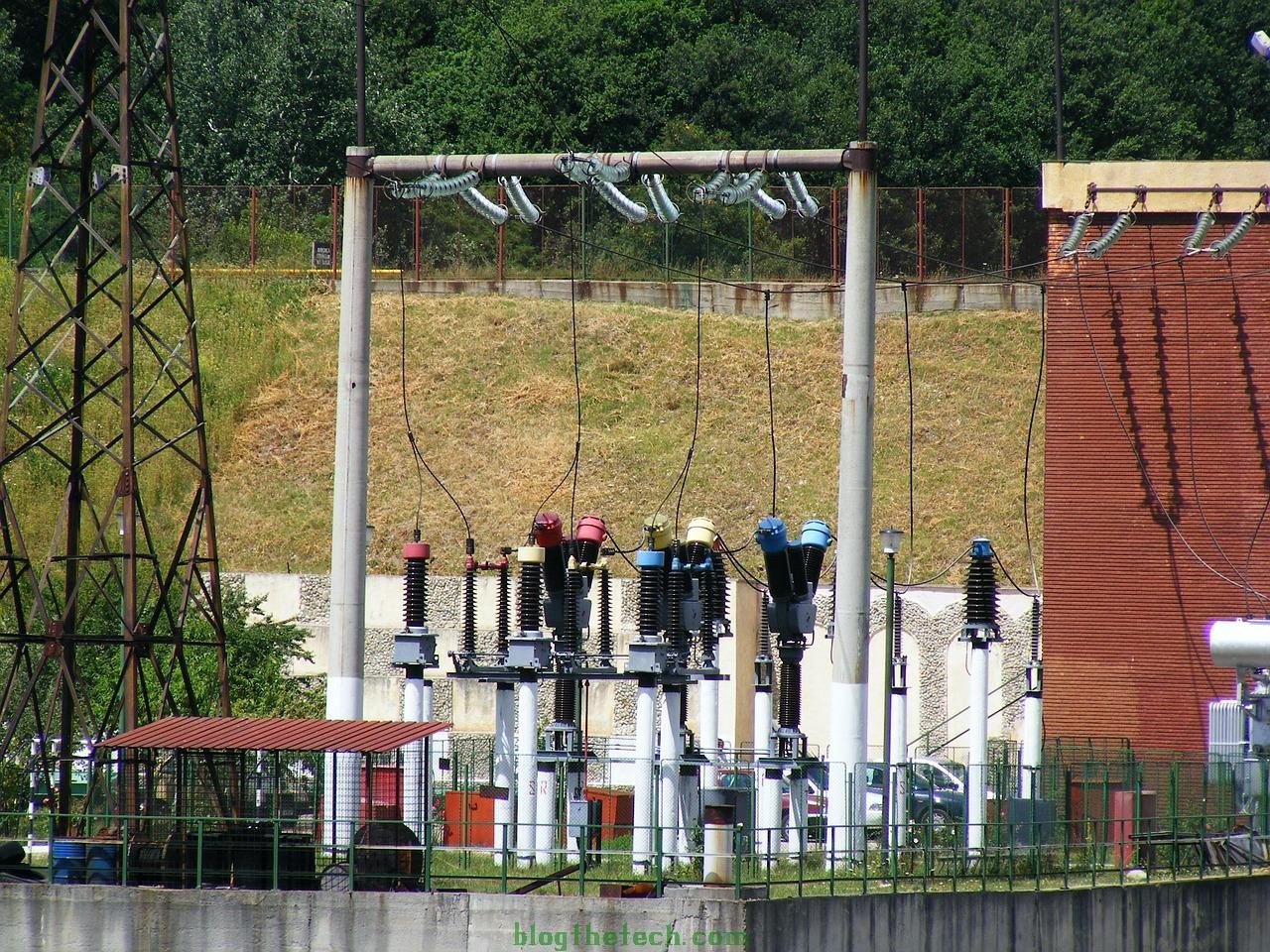In March 2007, the European Council approved a plan from the European Commission to reduce greenhouse gas emissions by at least 20%, relative to 1990s levels, from all primary energy sources by 2020.
Since then, the European Commission has been working with transformer producers (including dry-type distributors, oil-type distributors, medium-power and large-power transformers) and consumers to reduce their CO2 emissions by optimizing their performance and decrease their life-cycle costs over the average projected useful service life of 40 years.
Regulation 548/2014, effective after 1 July 2015, specifies the maximum levels of losses permissible for transformers at the forefront of these efforts.
This implementing regulation was followed by CENELEC specifications EN 50588 and EN 50629 for medium voltage and large power transformers, which, along with other design criteria, defined new levels of permissible losses, respectively.
As a consequence, today’s electrical transformers have been designed to reduce losses. This more powerful machinery, advanced electrical transformers, comes with a higher first cost, but provides continuing savings in energy that should lower the overall costs of the life cycle. And the decrease in associated greenhouse gas emissions is significant.
When loaded at 40 percent, a 1000 kVA electrical transformers produced to the new specifications would emit 25 percent less CO2 compared to older equipment. This can further lead to an annual reduction of more than 6 tons of CO2.
The Shift Towards Increased Efficiency and Sustainability

A 2017 report by the European Commission examining the effect of Regulation 548/2014 found that the law would lead to a substantial reduction in the consumption of electricity. From 2020 onwards, these energy savings have been projected at 16 terawatt-hours (TWh) per year, which corresponds to 3,7 mega-tonnes of CO2 emissions avoided. This is equal to saving half of Denmark’s average 32 TWh) energy usage per year.
Michel Barnier, the acting European Commissioner for Business and Entrepreneurship, commented at the time: ‘Today’s decision is a good example of how we can pursue policies that bring competitiveness and sustainability together successfully.’ This regulation would help minimize greenhouse gas emissions by aligning EU policy with that of other advanced economies. It will also help lower consumer energy prices, thus allowing EU producers to stay competitive in global markets.’
In addition to the minimum standards set out in Regulation 548/2104, certain manufacturers are in a position to resolve additional environmental impacts related to the development and ownership of medium voltage transformers and high-power transformers. Their products are fully compliant with the criteria of the Eoli principle (End of Life Management), PEP (Product Environment Profile), REACh (Registration, Assessment, Authorization, and Restriction of Chemicals), and ROHS (Restriction of Hazardous Substances).
Advantages of Effective Energy Transformers

Why is it important to have electrical transformers that use new, efficient technology? Some common advantages of investing in efficient electrical transformers are:
- Longer Life Cycles And Less Waste Of Energy
Conventional electrical transformers lose a lot of energy through heat, and heat is the enemy of the transformer’s vulnerable components. This ensures that energy-efficient transformers last longer and save you money, offering a better return on investment (ROI).
- Substantial Cost savings
You’re paying the price if your building uses unreliable electrical transformers. On your power bill, all the electricity that is being applied is noted, which in reality is and actually wasted. Electrical transformers that conserve energy help eliminate this waste and save you money on electricity.
- Supports Sustainable Built Buildings
Energy-efficient electrical transformers will help the shared objective of reducing energy waste when used with other sustainable building design strategies such as LEED, Net Zero, etc.
The Way Forward
All transformers are known to waste fuel. When converting higher voltages to lower voltages, either by vibrations or heat, remember that not every transformer is built equally, nor do they waste the same energy.
Typical electrical transformers are constructed with reduced quality at high volumes and only comply with the regulated U.S. Efficiency norm for DOE 2016. In some situations, these regular transformers only comply with regulations and waste 50-75% more energy than required.
This leads to campuses and companies paying billions of dollars in wasted and fully unused electricity over 30-40 years across the continent, cumulatively. Not to mention, that is a typical electrical transformers’ life! Do you want to run losses and throw away substantial operating costs as well?
If you answered no, we suggest you contact leading electrical providers or consult a certified professional who can help your facility get the best solutions!





